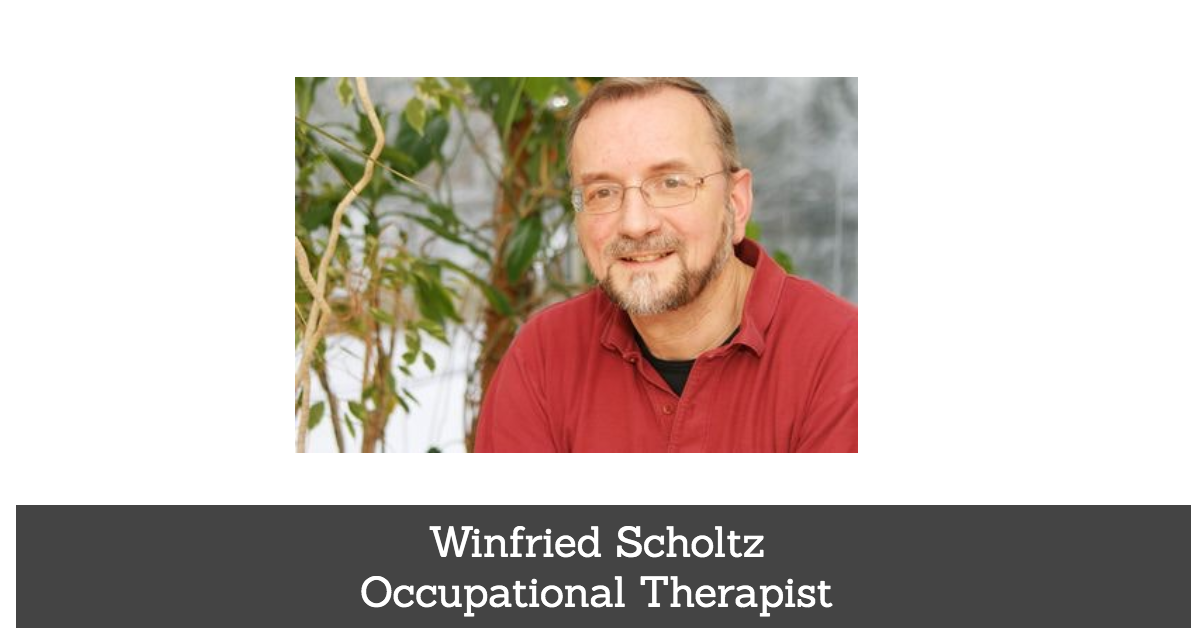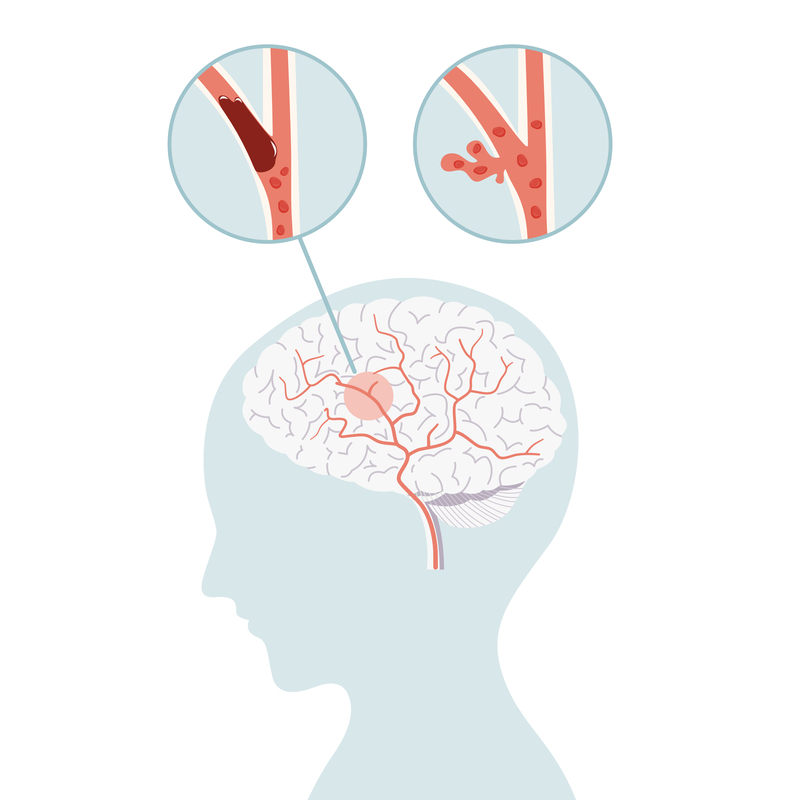Seeking GP Approval
Her GP read through the documentation on deep oscillation (which the lady had taken in) and confirmed that she was fit enough to proceed with deep oscillation therapy (she had been on long-term anti-coagulants since the CVA and scans had confirmed the clot was gone). The GP, with limited knowledge of the therapy, agreed it could probably help after the contraindications were checked.
Physical Examination/Assessment
My client’s right leg was grey looking in appearance and cold to the touch. She had severe right-sided paralysis and some muscle wasting particularly in the calf and quads, deltoid and bicep. She complained of pain in her right hip, on examination of the hip, the symptoms suggested a chronic hip trochanteric Bursitis: as there was a lot of fluid present. It was puffy to the touch and the client felt tenderness when pressure was applied. She had generalised low back pain. The IT band in her right leg was very tight which I believed was caused by the way she was over-stretching when walking and this was causing pain down the thigh to the knee. Her right hand was set in a tight claw grip; which was spasming from time to time. Her right foot turned in at a sharp angle causing her gait to be difficult. She was using a stick.
Treatment Notes:
Alternate weeks: Deep Oscillation and reflexology.
N.B. The neck and head area were not treated as the stroke had happened in 2003 and I didn’t feel this would make much of a difference, though I fully understand this can be beneficial in the acute stage for the relief of cerebral oedema, used daily for 25 minutes up to 6 weeks and three times a week thereafter. Initially, we began by treating the pain in the hip area to help her mobility and to aid her sleeping pattern, we then continued with the entire side.
Protocol A: hip, upper and lower limb, lower back
Duration: 20 minutes in each area Mode: 5 - Intensity: 80-100%
Massage method: Effleurage stroking with both hands, large sweeping movements, paying particular attention to axillary and cubital lymph nodes in the arms, popliteal lymph nodes behind knees and the medial ankle anastomoses in order to decongest and enhance lymphatic drainage.
Frequencies: 6 minutes at 200 Hz Vibration helps to dissolve states of induration in the tissue and to drain inclusions. Due to the treatment, the tissue softens perceptibly. Preferably for initial treatment, alleviation of pain and treatment of indurations.
10 minutes at 65 Hz Shaking effects result in an enormous detonisation, improved circulating processes in the tissue ("scavenging") and better facial sliding. Also applied for purposes of prophylaxis of the entire body.
4 minutes at 24 Hz Pumping effects result in an improvement and stimulation of drain processes in the tissue and in the capillary system ("flooding out"). Usually applied to conclude treatment and in case of pulmonary diseases.
Treatment Protocol B: foot/hand focussed treatment
Duration: 18 minutes - Mode 5 - Intensity: 80-100%
Massage method: Effleurage stroking with both hands, large sweeping movements, paying particular attention to axillary and cubital lymph nodes in the arms, popliteal lymph nodes behind knees and the medial ankle anastomoses in order to decongest and enhance lymphatic drainage.
8 minutes - Frequency: 150 Hz - 200 Hz, 10 minutes - Frequency: 20 Hz - 25 Hz
Results:
Pain: The pain went immediately from the hip after one treatment and after a further three treatments the hip pain was completely resolved. She is not in pain in any other area.
Tissue Colour: Overall the tissue improved in colour and temp and began to look like the other leg.
Sensitivity: The client now can feel with the bottom of her right foot, which is now straight. If I tickle her foot, she now giggles where initially she said it felt like a rough stick.
Mobility: Client can walk up and down stairs more confidently than before and is also walking further, as she is more upright and is not swinging her right hip out as much, as the foot is in the right position. She takes her stick on long walks but around her home and garden is not using it.
Circulation: I have seen a big improvement in the circulation within the tissue.
Muscles: More toned.
Gait: Much smoother
Gripping: Her hand can grip now, though her hand is still a problem to her, we have begun to treat like Dupuytren's Contracture and this seems to be loosening the tendons and joints with the same protocol used for the foot and a 20 min massage with oil and arnica. She is seeking further advice from her physiotherapist for her hand.
Therapist Conclusion
Very pleased with results, I only wish I had been able to start treatment in the acute phase following the initial stroke.
Patient Feedback:
“I didn't think the treatment would do any good after such a long time after the stroke, 14 years. I was delighted the pain went so quickly in my hip! I was initially afraid but after talking to GP and Sara, I was was very reassured! I find Deep Oscillation so relaxing and the changes that have happened with the feeling in my foot and leg has amazed me. I look forward to the sessions both DOT and reflexology and I believe it's really helped with my general mobility and confidence in how I walk.”
About DEEP OSCILLATION® THERAPY (also known as HIVAMAT® therapy)
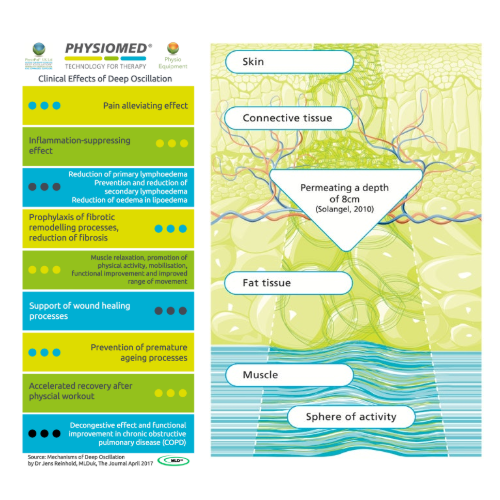
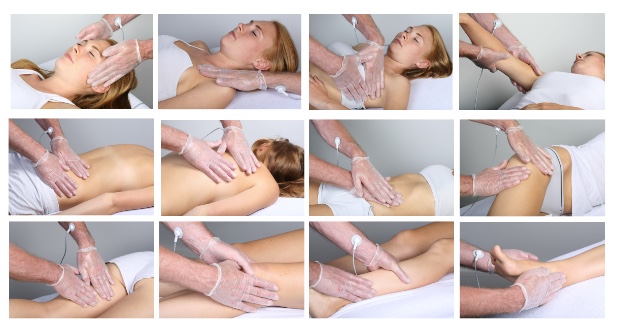
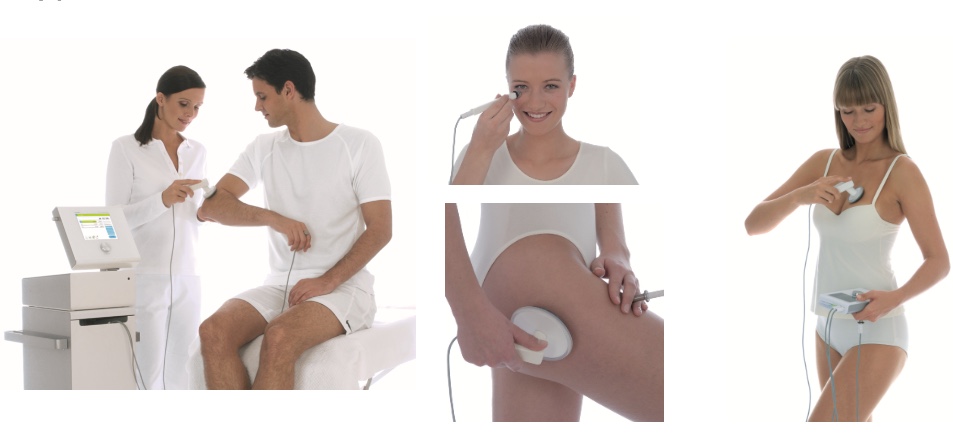
Neurorehabilitation
DEEP OSCILLATION® has a significant oedema-reducing effect, improves trophism (fundamental nutrition involving the actual metabolic exchanges of the tissues) and directly stimulates self-mobilisation in areas relieved of pain, enabling an earlier return to active forms of therapy and activities of daily living.
In brain stroke rehabilitation, DEEP OSCILLATION® is used for gentle and effective lymphatic drainage, especially of the head as well as for trophism improvement in hemiplegic areas. Deep Oscillation is well tolerated by the patient and fits well into a treatment protocol where it can normalise and decrease muscular tone and spasms, improve range of motion and sensitivity.
References and published articles - please click here
Other results and case studies
